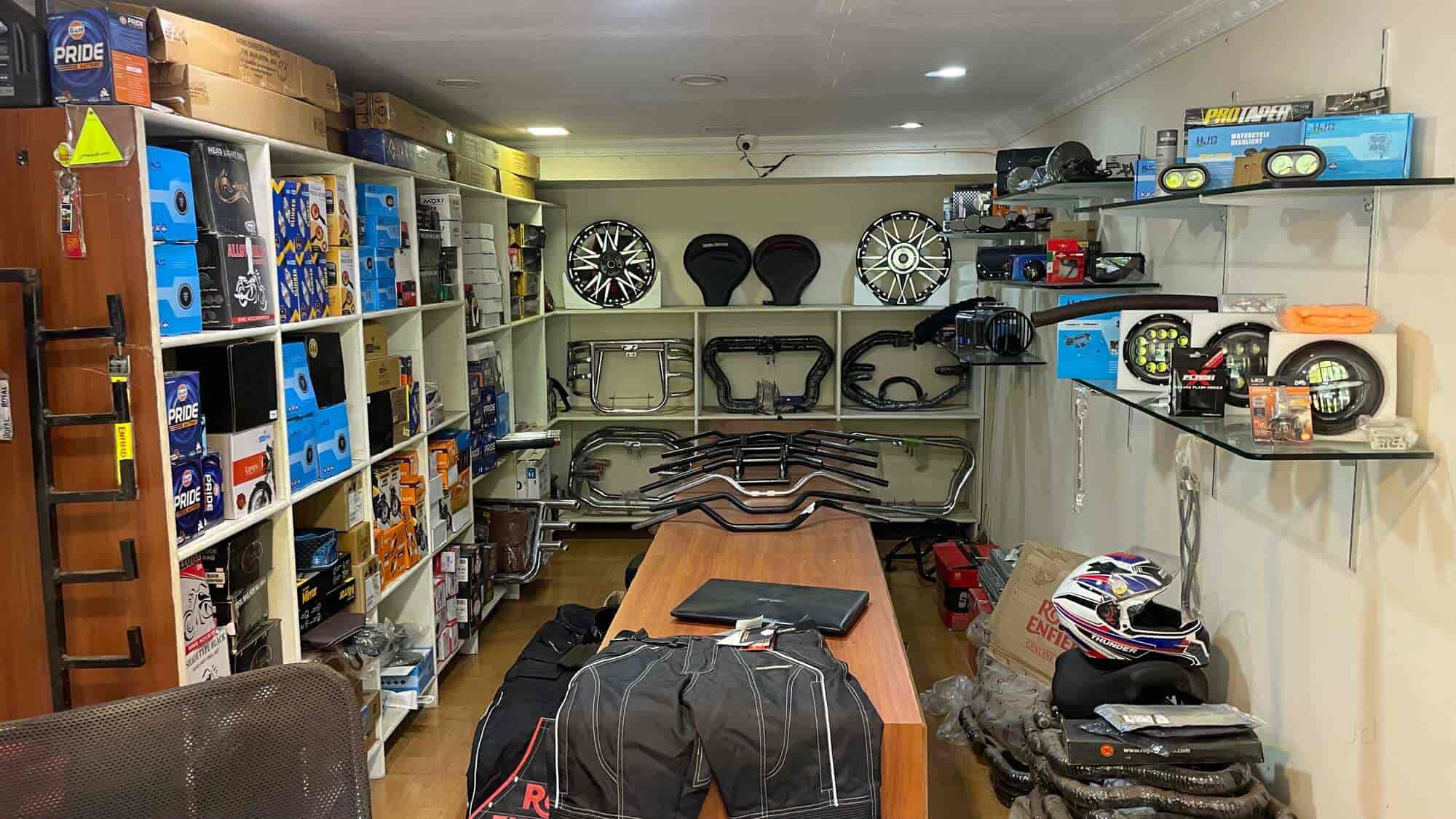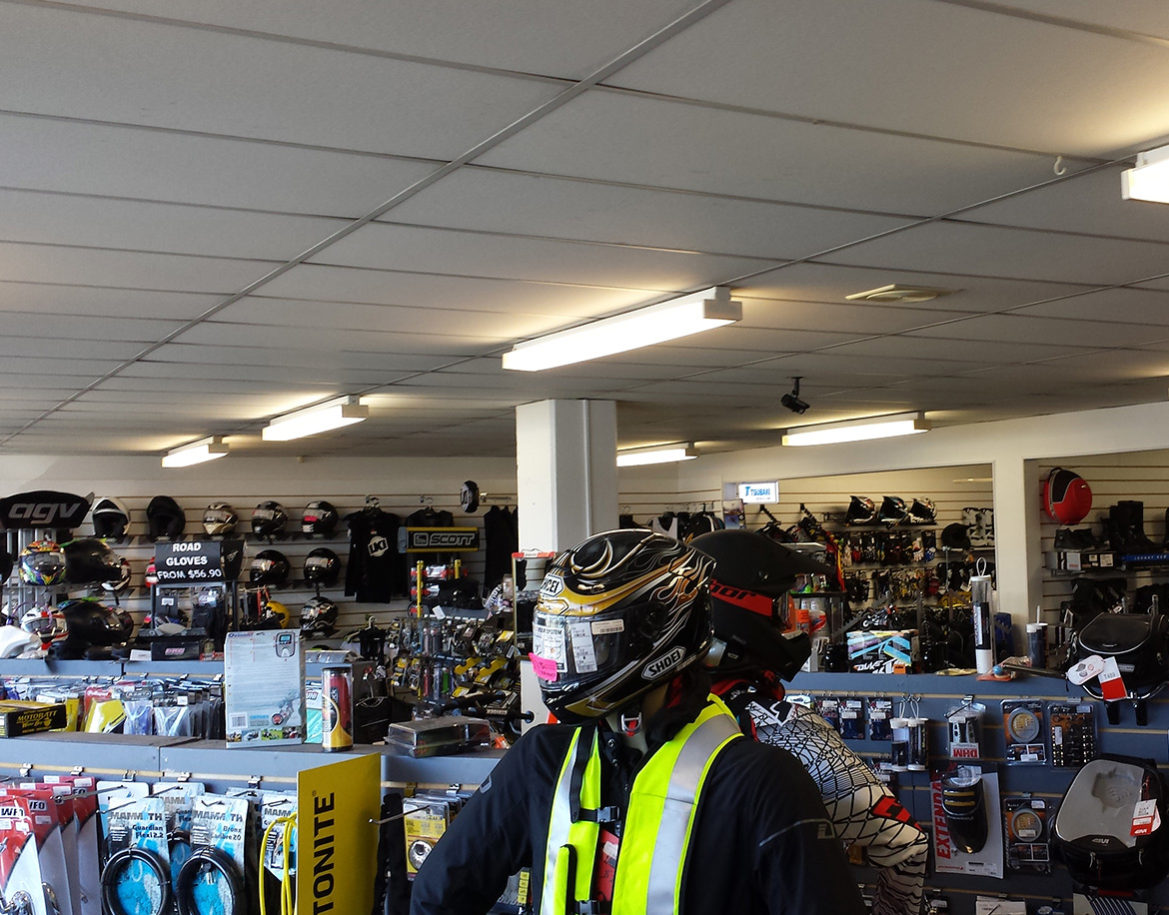Let Loose Performance with Premium Motox Parts NZ Available Here
Let Loose Performance with Premium Motox Parts NZ Available Here
Blog Article
Comprehending the Important Parts of a Bike: A Comprehensive Guide for Lovers
For motorbike fanatics aiming to raise their riding experience and ensure their bikes run smoothly, understanding the vital elements of a motorcycle is extremely important. Each component, from the engine's detailed workings to the essential role of the stopping mechanisms, not just influences performance however additionally security and convenience. This overview will certainly go through the basic parts that every cyclist must be acquainted with, allowing informed options in both upkeep and potential upgrades. As we start this exploration, one must ask: exactly how does each element interact to develop the smooth experience every lover seeks?
Engine Elements

The camshaft plays a crucial role in managing the timing of the engine's valves, making certain the precise opening and closing essential for efficient fuel and air consumption, as well as exhaust expulsion. This timing is vital to preserving optimal engine performance and efficiency. Additionally, the carburetor or fuel shot system, relying on the motorbike model, is responsible for mixing air with gas in the appropriate proportion for combustion.
The air conditioning system, either air or liquid-based, functions to keep the engine's temperature level within operational restrictions, stopping overheating and making certain long life - motorcycle parts nz. Each element, carefully developed and integrated, adds to the smooth procedure of the engine, specifying the bike's power output and overall performance
Transmission System
Indispensable to the motorbike's performance, the transmission system makes sure effective power transfer from the engine to the wheels. This system consists of several crucial components, consisting of the clutch, gearbox, and last drive, each playing a crucial function in translating the engine's power into motion. The clutch, generally operated by a hand bar, offers to engage and disengage the engine from the transmission, enabling for smooth equipment adjustments and controlled acceleration.
The transmission, often referred to as the transmission correct, includes a collection of equipments that bikers can by hand shift through to readjust the bike's speed and torque result. These gears are organized in a sequence that enables the motorbike to accelerate smoothly and maintain optimum engine efficiency throughout different speeds. Many motorbikes make use of a consecutive transmission, needing the motorcyclist to move gears in a predetermined order.
Braking Devices
While understanding the transmission system is key to utilizing a motorbike's power, equally essential is the capability to manage and quit that power efficiently, which is where braking devices enter play. Brakes are important for safety and security and performance, supplying the rider with the essential control to browse numerous surfaces and conditions. Usually, motorcycles include two sorts of stopping systems: disc brakes and drum brakes.
Disc brakes are much more prevalent in modern motorcycles due to their exceptional performance. This system supplies better warm dissipation, consistent performance, and boosted stopping power, specifically in wet conditions.
Conversely, drum brakes, though less usual, are still discovered in some bikes. They work by pushing brake shoes versus the internal surface area of a drum affixed to the Check This Out wheel. While usually less efficient in heat dissipation and stopping power, drum brakes are simpler and more economical.
Recognizing these stopping systems' subtleties permits bikers to preserve their motorbikes effectively and appreciate the design that makes certain safe and effective stopping.
Suspension and Guiding
Suspension and guiding systems are essential components that substantially affect a bike's handling and ride convenience. The shock absorber, containing forks at the front and shock absorbers at the back, absorbs road abnormalities, enhancing stability and control. Front forks, upside down or normally telescopic, compress and rebound to minimize influences, while back shock absorbers keep tire call with the roadway, critical for grip and safety and security.
Steering, centered around the handlebars, connects the cyclist to the motorbike's directional control. The guiding head bearings make certain smooth procedure, permitting specific ability to move. Correct placement and upkeep of these bearings are critical for predictable steering reaction and minimizing rider fatigue.
The suspension's adjustability is an additional important element; preload, damping, and rebound setups enable modification to suit different riding designs and problems. This adaptability is necessary for optimizing performance, whether navigating urban streets or dealing with rugged trails. Innovations like digital suspension systems supply real-time adjustments, improving ride top quality across diverse surfaces.

Electrical Equipments
After ensuring a smooth and regulated trip with effective suspension and steering systems, focus turns to the electric systems, an essential aspect of contemporary bikes. These systems play a crucial function not just in starting the engine yet likewise in powering various components that improve the functionality and security of the bike.
At the heart of a motorbike's electric system is the battery, which stores electric energy essential for beginning the engine and powering complementary systems - motocross gear. The generator or generator, combined with the rectifier-regulator, makes certain the battery remains charged while the bike is in operation, converting power into electric energy and keeping voltage levels
The ignition system, here are the findings another important part, is accountable for igniting the air-fuel mix in the engine's cyndrical tubes. web Modern motorcycles commonly utilize an electronic ignition system, using greater effectiveness and integrity compared to conventional systems.
Lighting systems, including fronts lights, tail lights, and indications, are also crucial, making certain exposure and safety for the motorcyclist. Extra digital components such as sensing units, control devices, and displays contribute to advanced functions like fuel injection monitoring, anti-lock stopping systems (ABDOMINAL MUSCLE), and digital dashboards, further enhancing the riding experience.
Verdict
A thorough understanding of a motorbike's necessary elements, including the engine, transmission system, stopping systems, suspension, steering, and electric systems, is crucial for enthusiasts intending to maximize performance, comfort, and safety and security. Proficiency of these elements permits educated choices concerning maintenance and upgrades, eventually boosting the riding experience. By incorporating this expertise, cyclists can guarantee their motorcycles run at peak effectiveness and dependability, thus taking full advantage of both pleasure and long life of their cars.
For motorbike enthusiasts looking to boost their riding experience and ensure their bikes run efficiently, comprehending the necessary components of a bike is paramount.Important to the motorbike's capability, the transmission system guarantees efficient power transfer from the engine to the wheels.While understanding the transmission system is key to utilizing a motorcycle's power, similarly essential is the ability to manage and quit that power successfully, which is where braking mechanisms come into play. Typically, motorcycles feature 2 kinds of stopping systems: disc brakes and drum brakes.
A comprehensive comprehension of a bike's essential parts, including the engine, transmission system, stopping systems, suspension, steering, and electric systems, is indispensable for fanatics intending to enhance safety and security, efficiency, and convenience.
Report this page